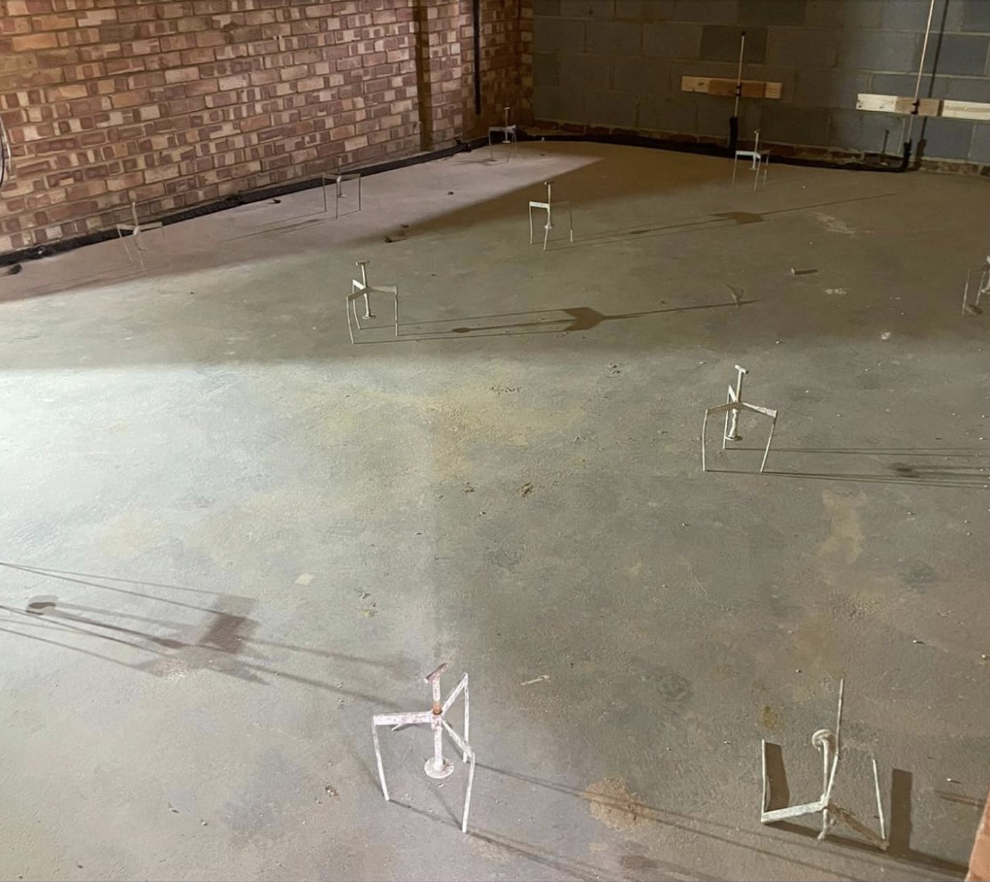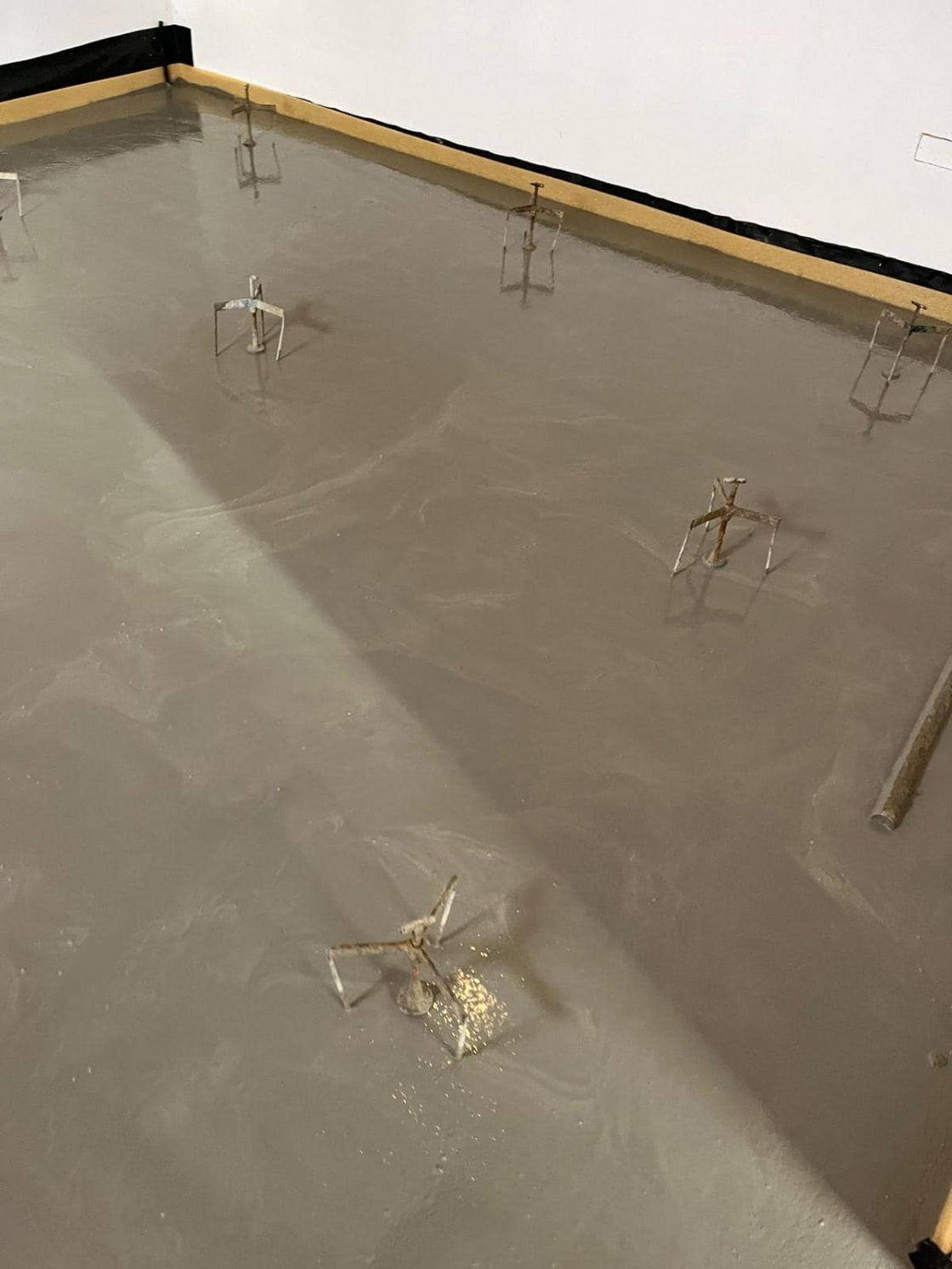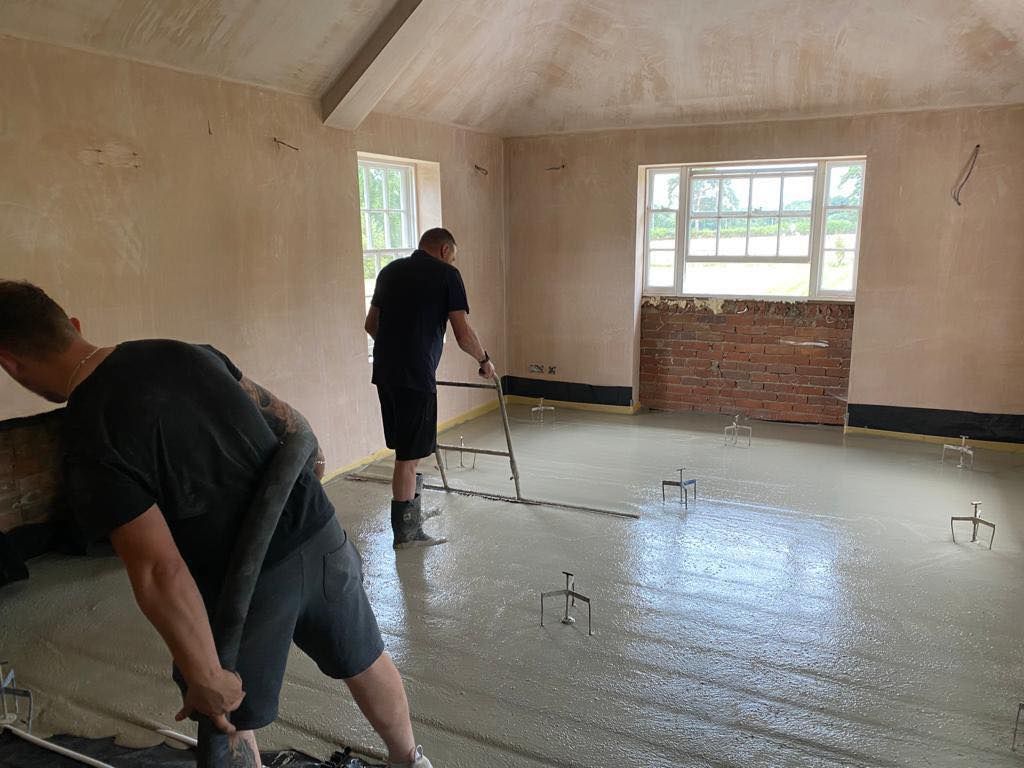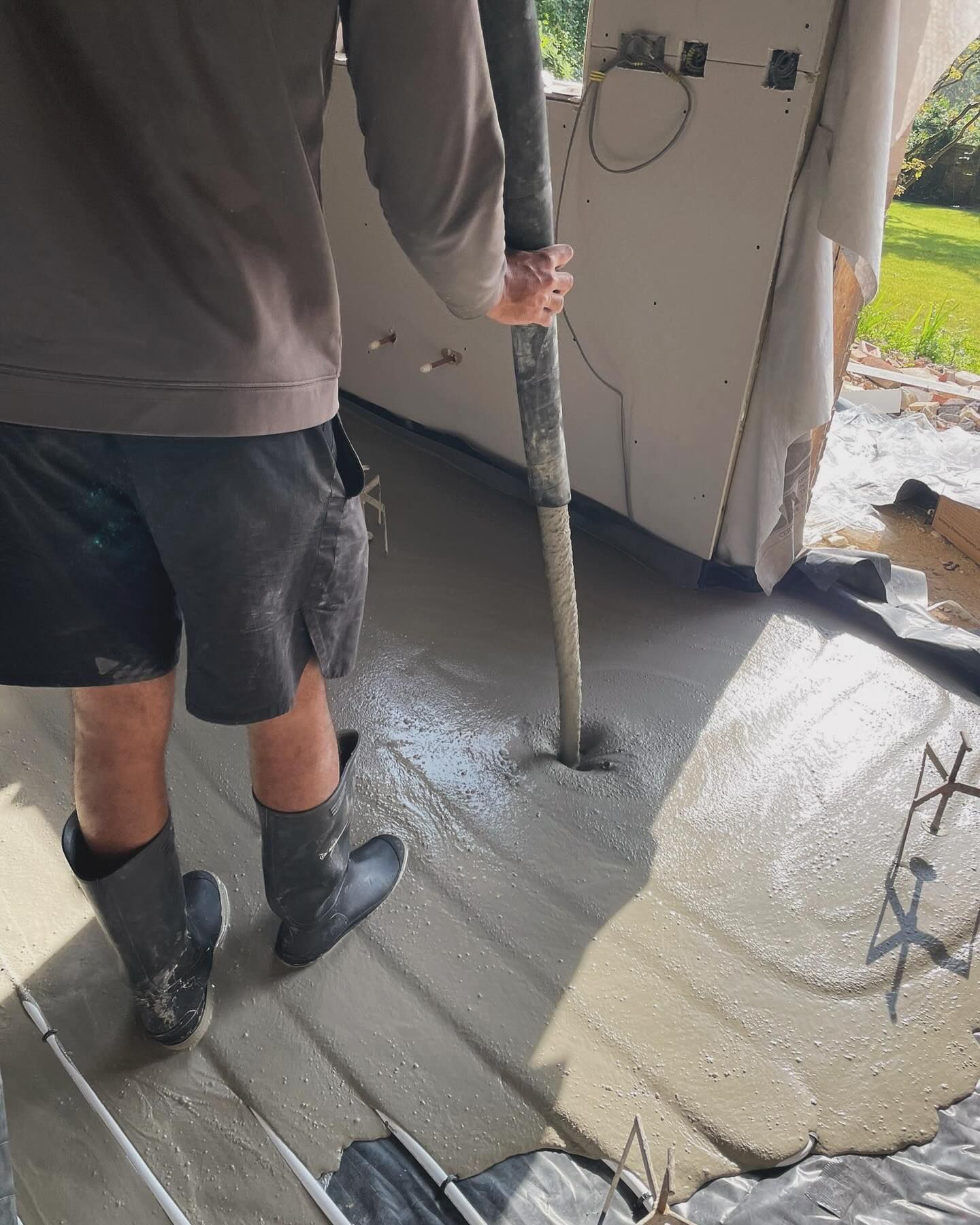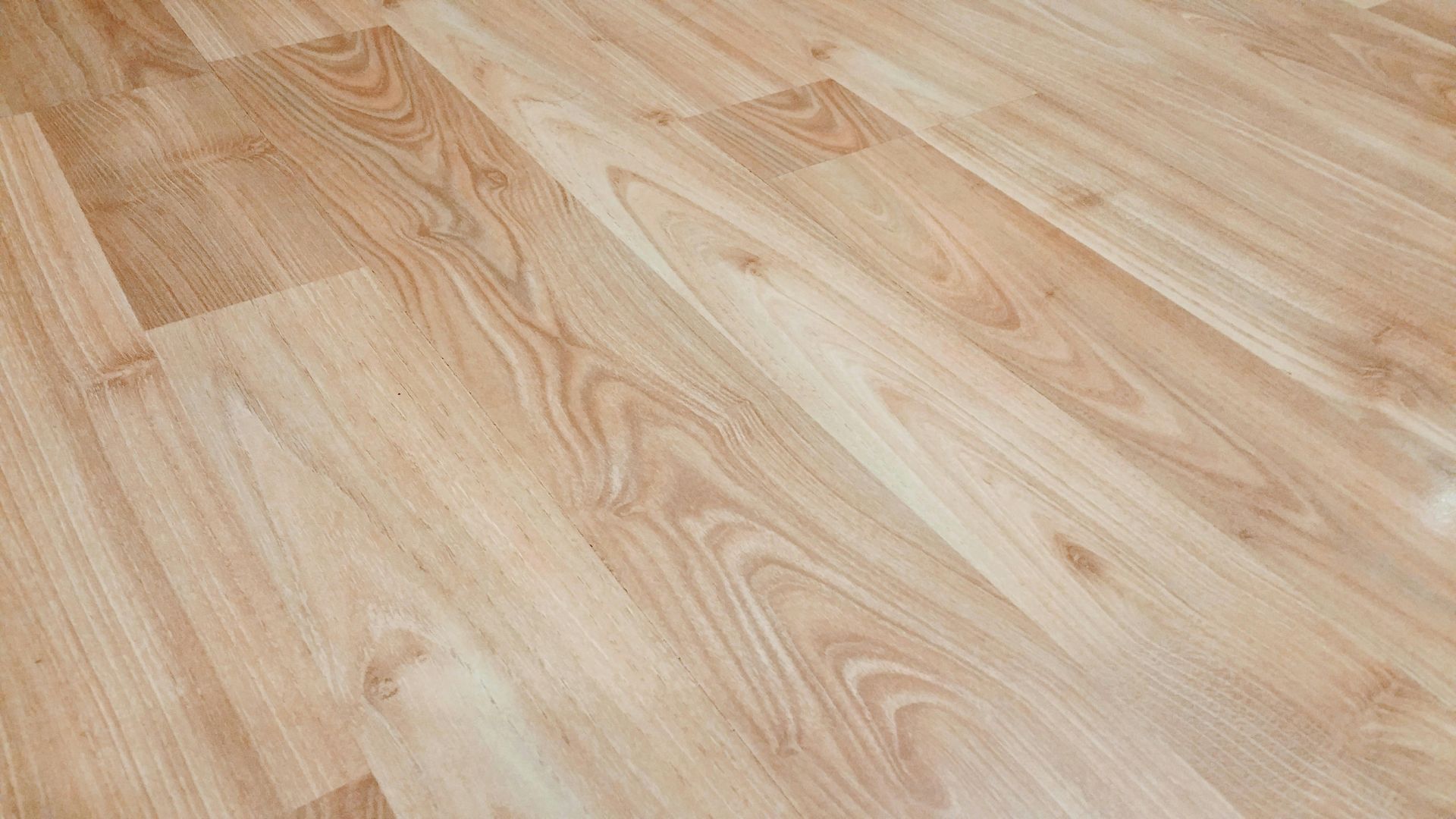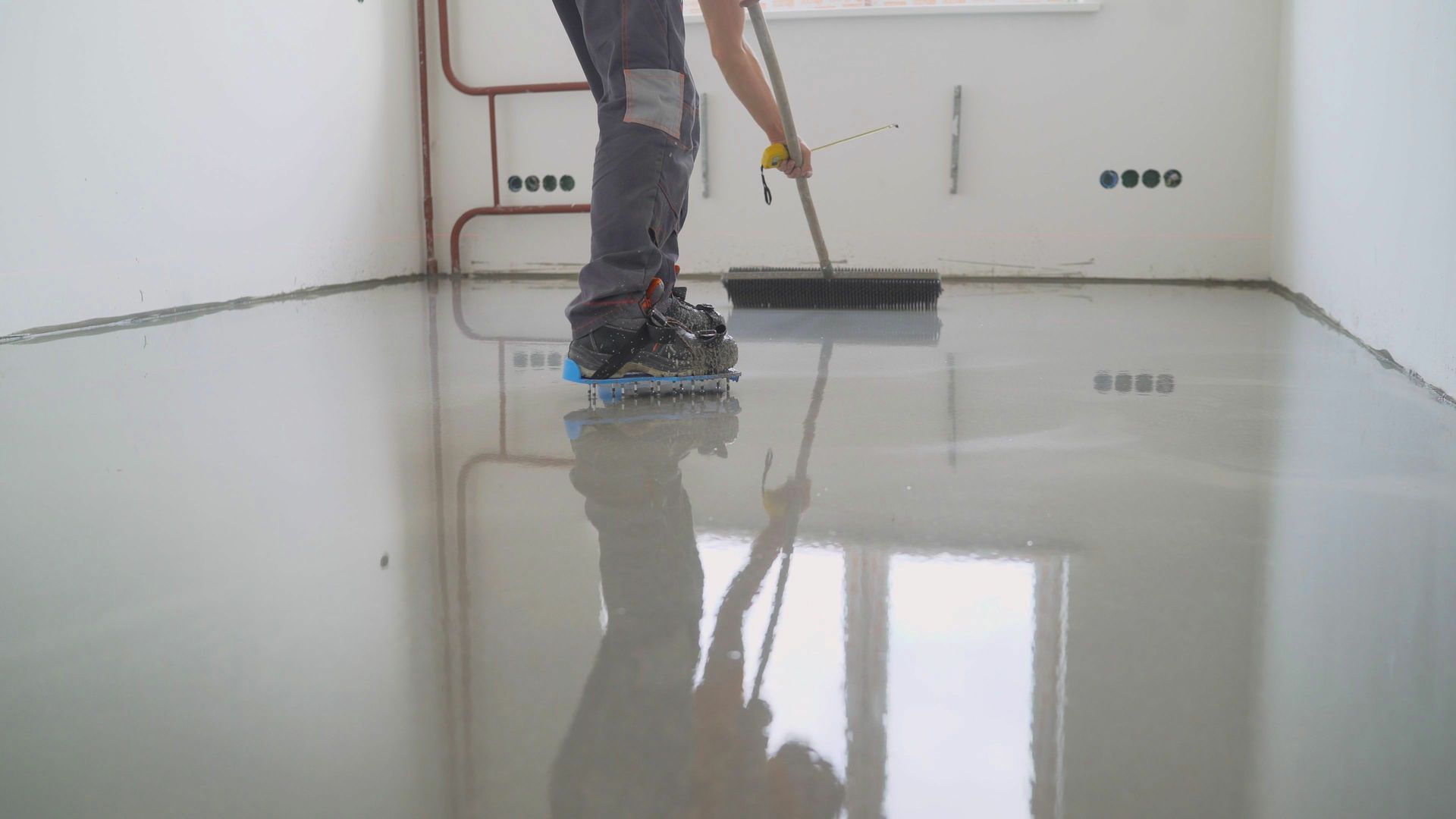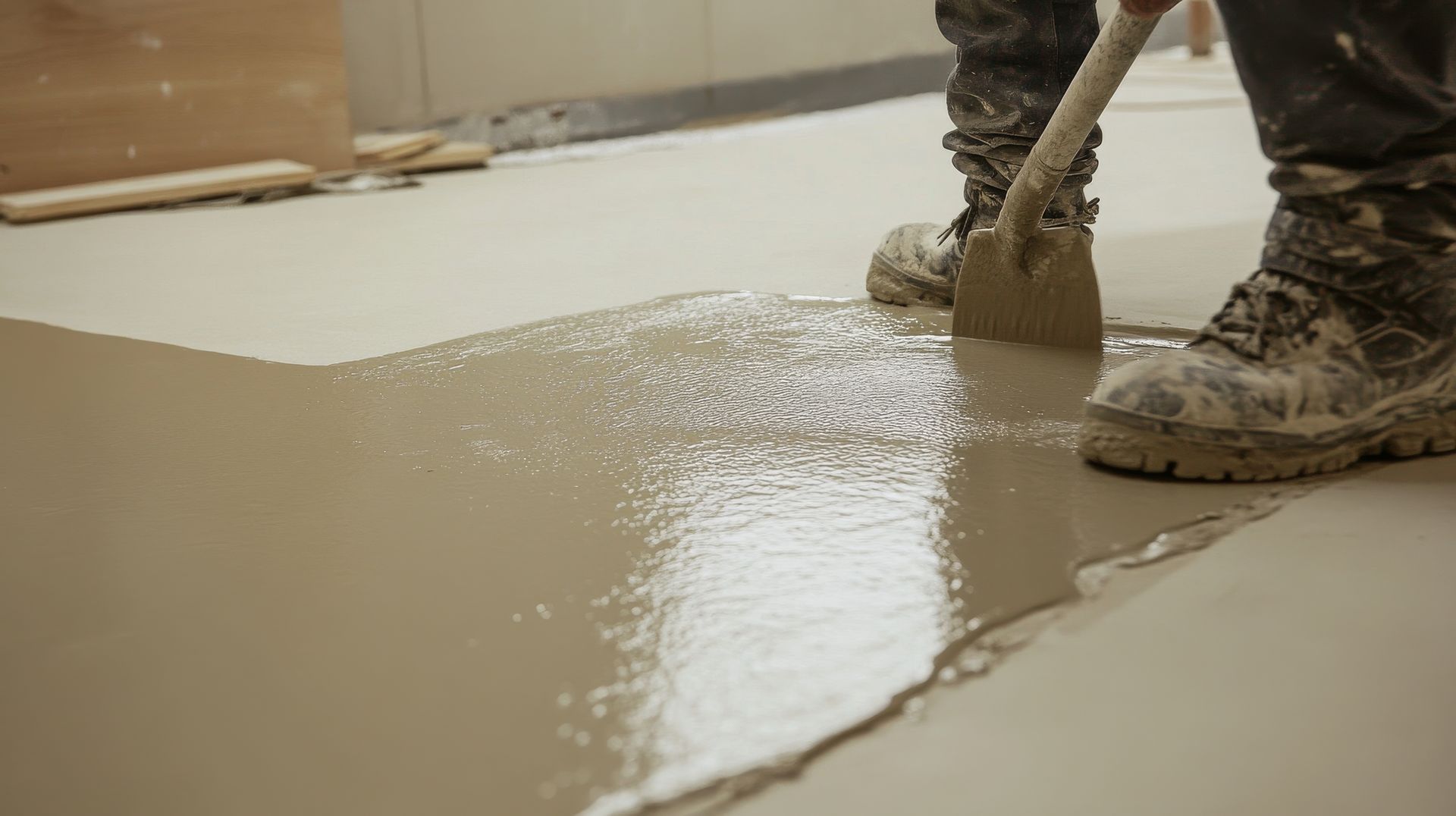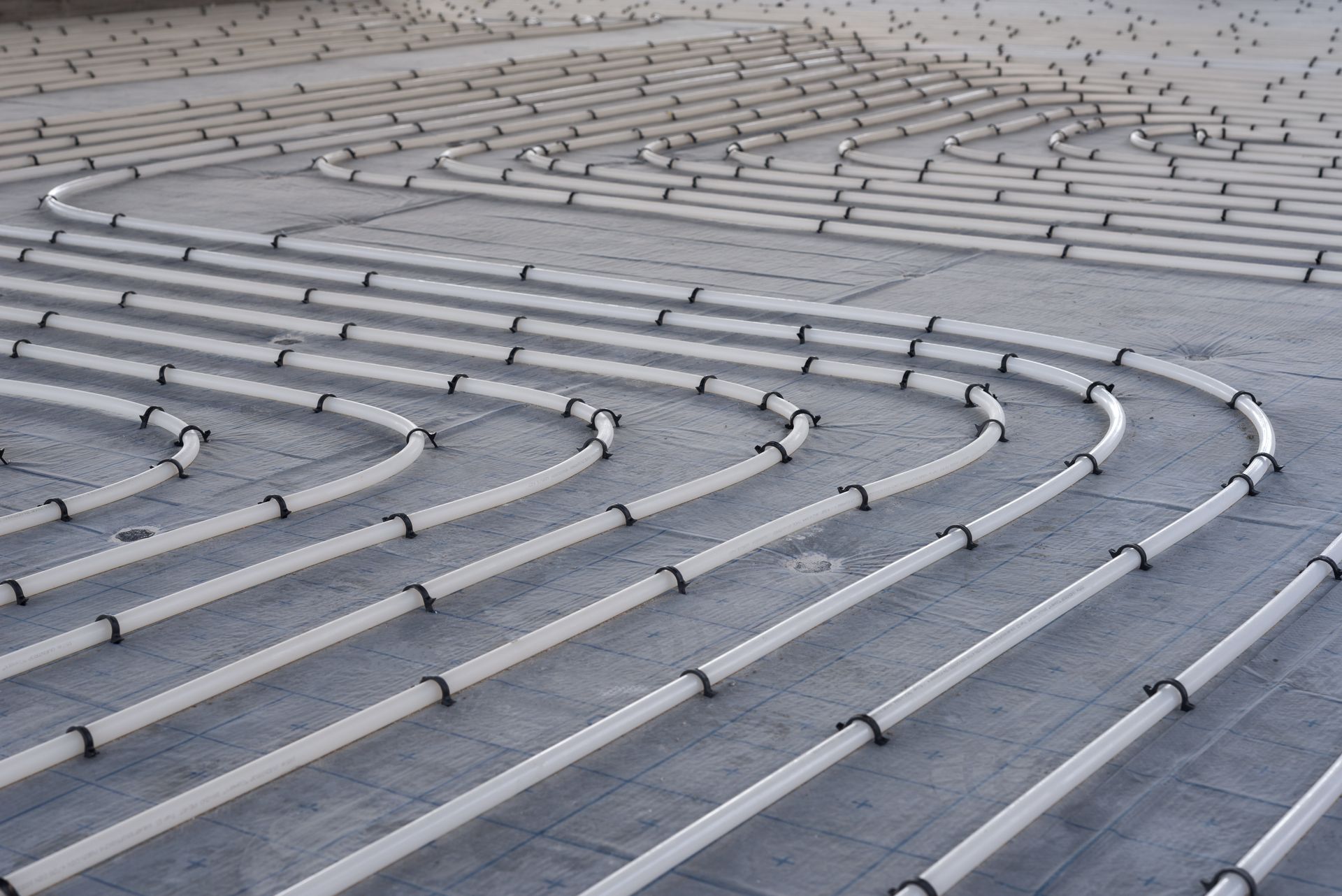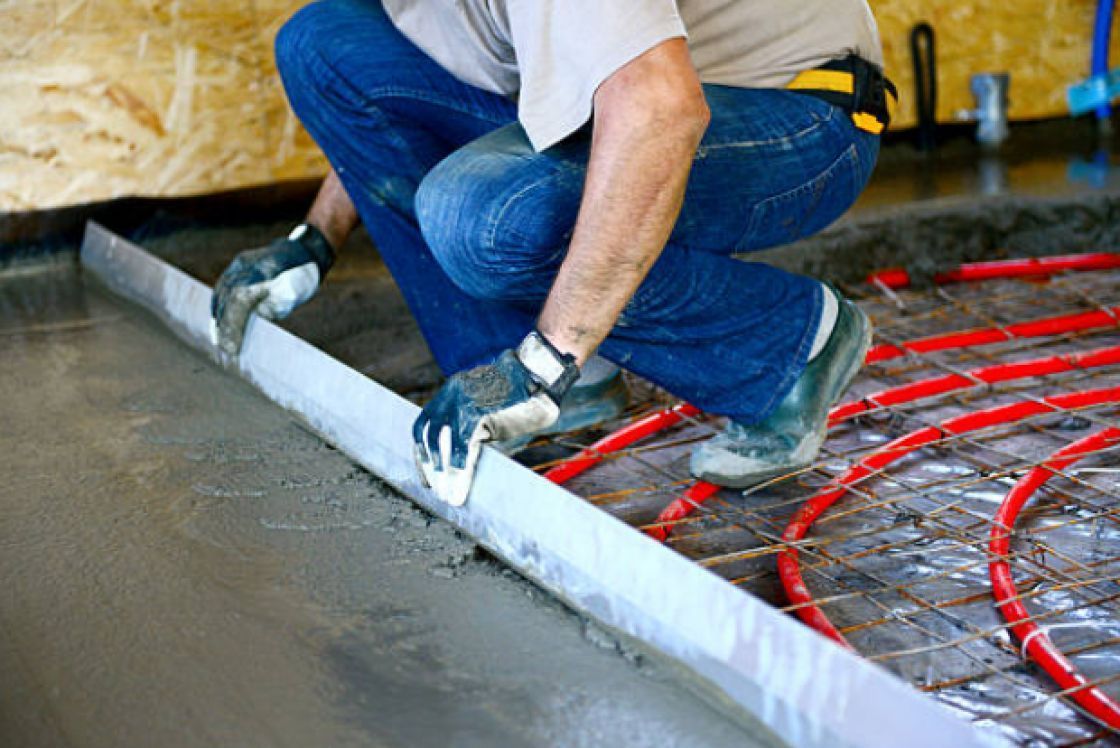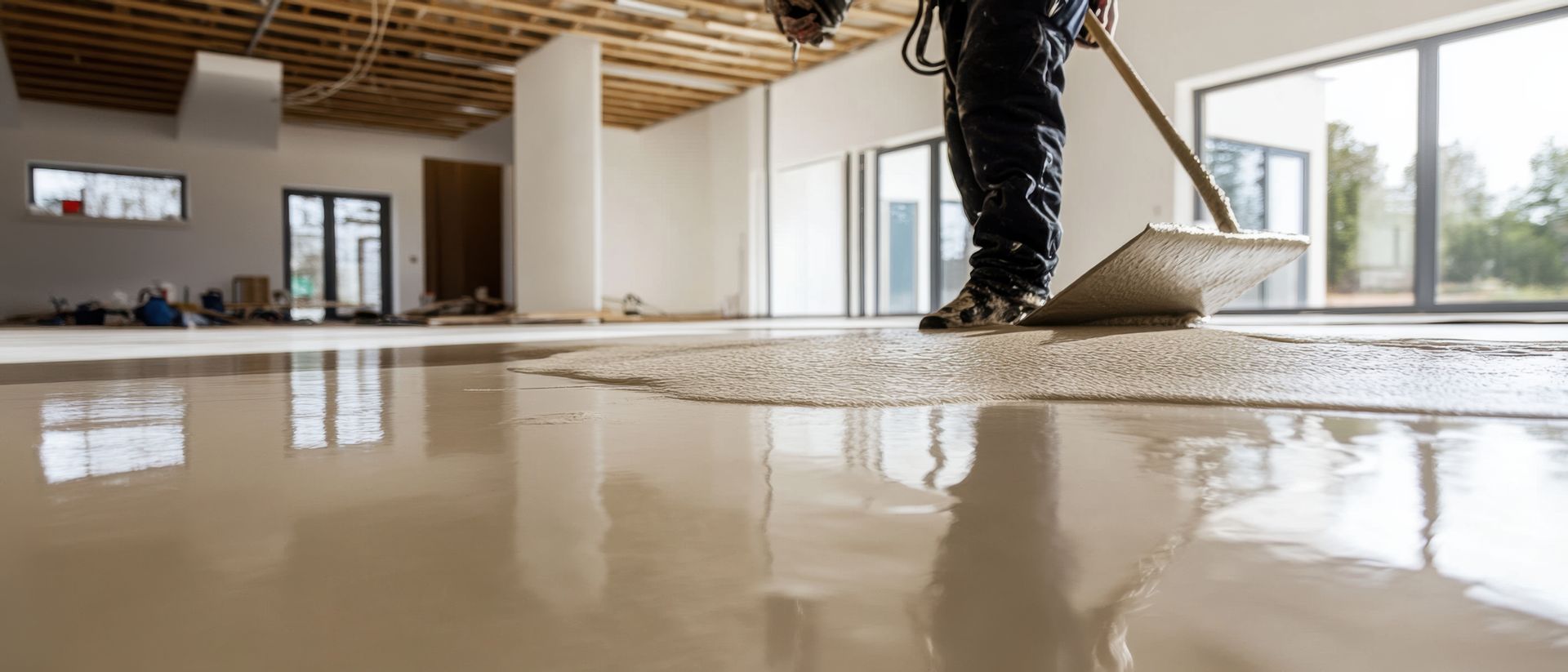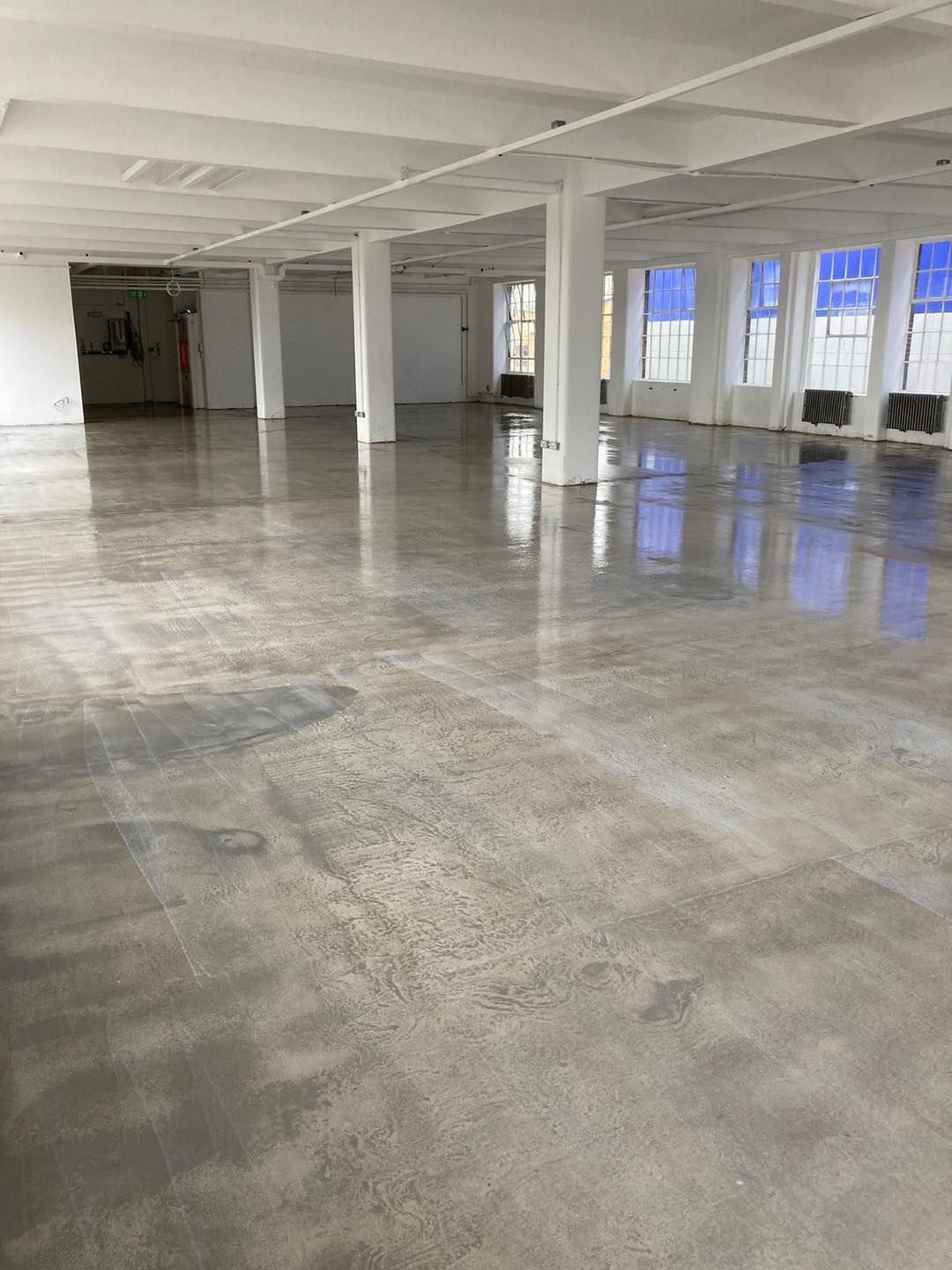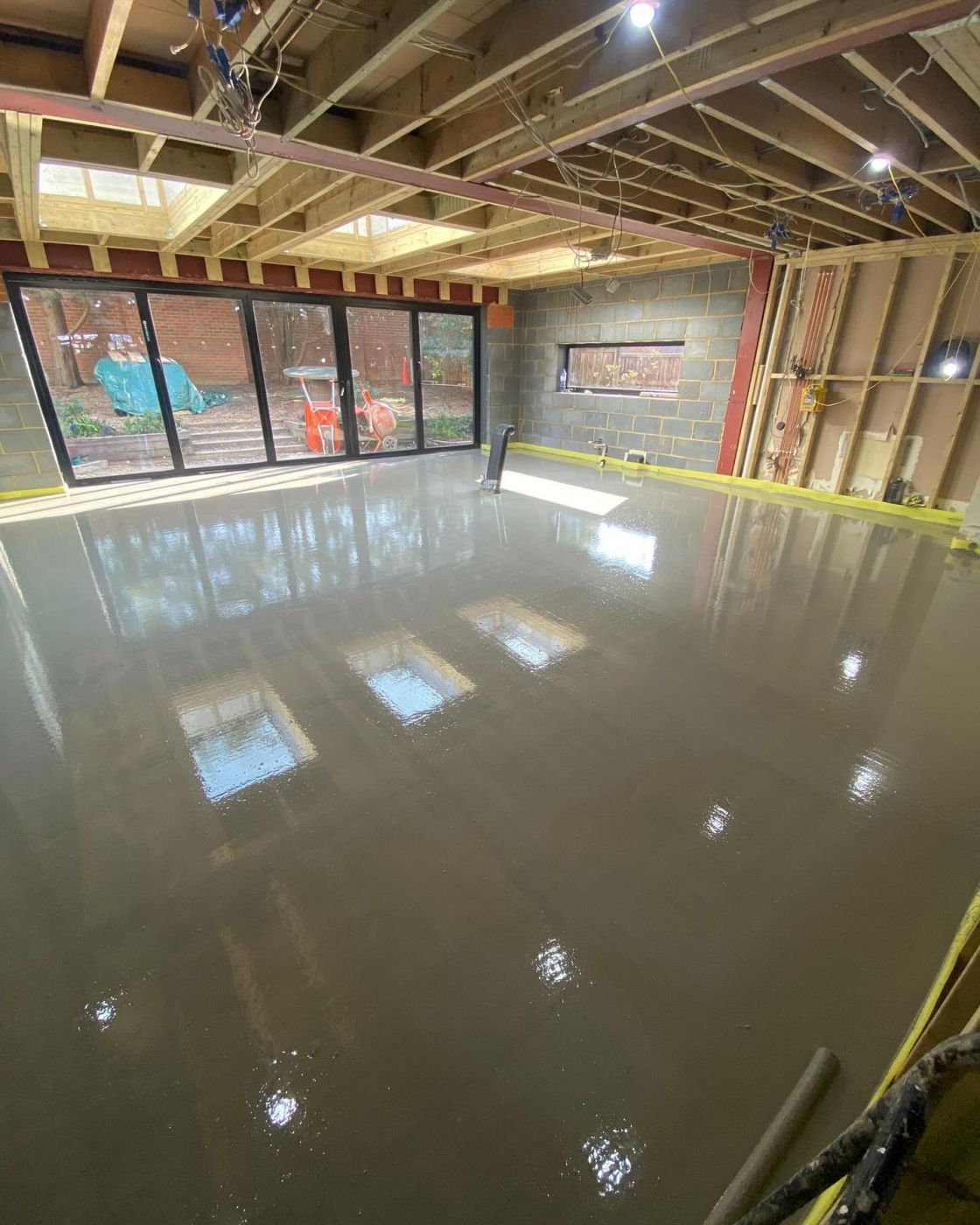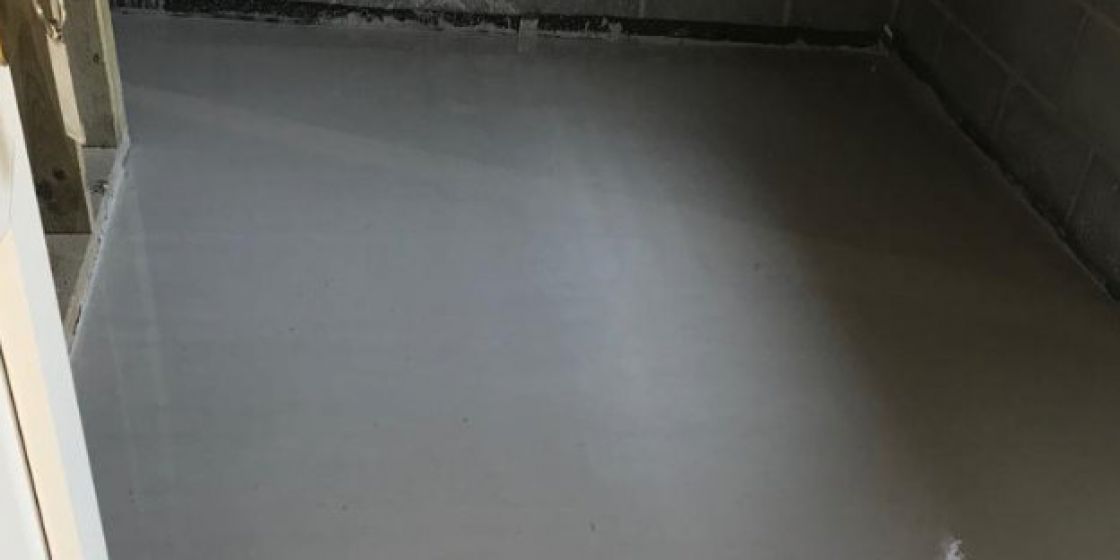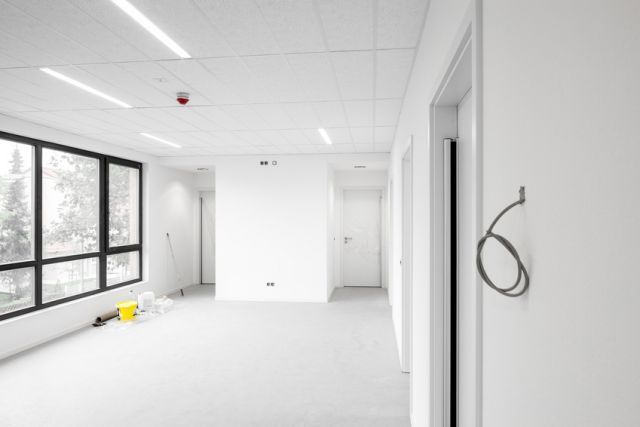WHAT ARE THE THINGS TO CONSIDER BEFORE APPLYING SCREED TO UNDERFLOOR HEATING?
Underfloor heating is slowly becoming one of the most preferred ways to stay safe during times of cold. Not only is it more environmentally friendly than a radiator, but since it encompasses the surface, its warmth is unparalleled. With better thermal insulations in the buildings and an emphasis on condensing boilers and ground source heat pumps, underfloor heating is slowly becoming a favorite for keeping homes and commercial property warm.
However, to get the most out of underfloor heating, one must choose the right floor Screed.
Read about the types of floor screeds suitable for underfloor heating, what things you must consider before making your purchase, and a checklist of things to take care of when you are finally looking for a high-quality screed for the job.
WHAT ARE DIFFERENT TYPES OF SCREED FOR UNDERFLOOR HEATING
With underfloor heating, you get a subfloor made up of a layer of water pipes. All of them are attached to the insulation using a clip rail or tacker staples. A creed is applied over this underfloor heating subfloor.
Listed below are the two types of Screed suitable to apply on this heating apparatus.
- A semi-dry screed. It is a hand-applied screed that installers finish by trowelling.
- A free-flowing screed. It has a gel-like texture. This one gets pumped over the pipes depending on the needed depth.
The Screed is applied to a particular section, then cured, and once the floor surface is properly finished, the Screed is applied to the rest of the floor.
Screed’s installation over underfloor heating is not an instant process. Customers need to wait for the Screed to cure before pre-heating the floor. In the end, a floor finish is applied to complete the process.
WHAT ARE THE KEY THINGS TO CONSIDER WHEN APPLYING SCREED OVER UNDERFLOOR HEATING?
As we already mentioned, screed installation over a floor is not instantaneous but a gradual process. With that in mind, the following are the points one must consider before moving forward.
THE AREA MUST BE SMOOTH AND FLAT
Before installing the Screed, ensure the surface is smooth and flat. This way, the insulation can be leveled, and the correct screed floor will be available. Not having a flat floor beforehand can lead to you selecting the wrong amount of Screed – leading to extra costs later.
CONSIDER HPSS
Heat output, Point loading, scale, and size – are the four factors you must consider to get the correct Screed. Another major factor to consider is the screed type and how much thermal movement there would be – for it can lead to Screed expanding and getting damaged.
MAKE SURE THAT THE PROJECT IS SET BEFOREHAND
During the requirement analysis phase, you must understand the exact type, size, and perimeter strips you need to install. Based on your answer, the installer will mix the Screed and get ready to apply it.
CONSIDER THE SCREED AND UNDERFLOOR HEATING
The installation and placement of the movement and expansion joints – required to prevent the Screed from cracking – must be designed after considering the Screed and underfloor heating.
LEARN HOW THE SCREED REACTS TO THE UNDERFLOOR HEATING
Without the right knowledge about the building, installers will arrive in your facility with specific expectations. And not knowing what your building requires in terms of underfloor heating, they will install what they consider the best Screed for the price you provide. If the Screed is compatible, you will likely suffer from issues in your heated subfloor zone for years to come. And solving it won’t be easy because that would include peeling off the Screed, the flooring, and reinstallation.
After considering these factors, you must consider the points to inspect the building before calling the installer.
CHECKLIST - WHAT TO INSPECT BEFORE THE SCREEDING BEGINS
Before you start the screeding process, the following are the steps you need to consider.
MOVEMENT JOINTS IN THE SCREED
Does the Screed have movement joints installed? Movement joints exist between the screeds that are installed overheating circuits. There must be flexible insulation around the movement joints to prevent circuitry from creating an issue for the infrastructure – or those living inside the building.
UNDERSTAND THE IMPACT OF UNDERFLOOR HEATING ON SCREED
Before you start, understand the impact of Screed on underfloor heating. Ideally, the screed thickness in a domestic property should be at most 65 millimeters. If the width is more than that, it will take more time to heat up the floor. Another factor to consider here is floor covering – tiles are the fastest to heat up.
THE CONDITION OF THE CELLULAR FOAM
If the cellular form is placed around the perimeter and there are protrusions in the Screed – it signals that the cellular foam is damaged. In that case, Screed must only be installed after you have placed the cellular foam.
SECURING THE PIPES
If the UHS’s (Underfloor Heating system) pipes are not affixed properly, they will start to float. Adequate sleeving of the pipes passing through the joints is a must.
THERE SHOULD BE NO ROCKING OF THE INSULATION
An insulation that’s non-flat, bridges over voids, and shows protrusions is not good for Screed. Make sure that you deal with them before you lay the Screed
REACH OUT TO SCREED EASY FOR ASSISTANCE
We admit you have to take care of too many things when installing Screed for underfloor heating. So, why not let the experts help you? At Screed Easy, we will take care of everything from inspecting your property thoroughly to installation. Reach out to us to get high-quality Screed applied over your underfloor heating
Are you looking for a local screeding company?
Contact Screed Easy for more information.
